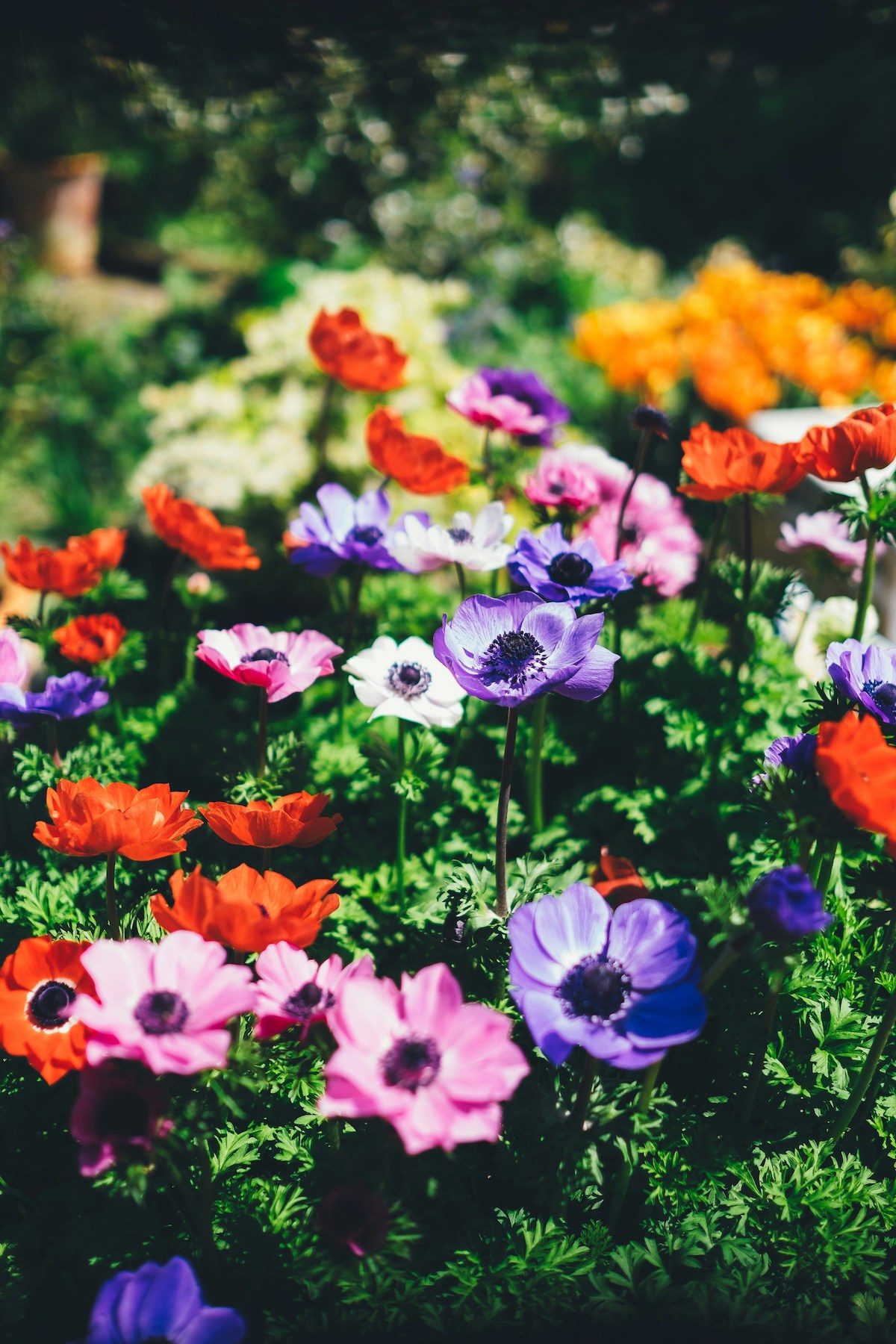The phrase comes from the famous French painter Matisse “There are always flowers in the world, for those who want to see them”to which one could add ‘and for those who want to eat it. Edible flowers are becoming more and more popular, with the growing trend reflected in nurseries who are increasingly offering seed kits for these varieties. Let’s explore together the most common species, how to select them according to personal taste and available space, and tips for their optimal care.
The different edible flowers and their habitat
It’s not difficult to grow plants that produce edible flowers, it’s just complicated identify which species are suitable to grow in our garden (or balcony): the most pleasant inflorescences can grow in shrubs or as herbaceous plants, they can be tall or low, hanging or covered with the ground. Therefore, it is necessary to identify a space proportional to the composition. Many herbaceous plants are suitable for cultivation both in a garden and as ornamental species, for example the calendula hello calendula they blend elegantly in both environments.

Planning is key when deciding this grow edible flowers in a wide, deep border. It is advisable to draw the desired design on paper, positioning of the species based on its height. Taller plants should be placed at the back, while shorter ones can be distributed along the sides of the border. Ground cover varieties can be placed face to face to define the contours of the area. It is also important to take into account the specific soil, light and watering needs of each plant when pairing.


Sow plants with edible flowers
Plants with edible flowers are possible buy from the nursery, or proceed by sowing. In the second case, it is necessary to pre-sow in January/February, in specific containers and in a closed, cool and not too bright place. It is not advisable to proceed with planting if the portion of land is very large, as it will be more difficult to control the health of the small root system. In the planting containers you have the possibility to dose the irrigation and above all it is possible to keep the young plants in an environment where the light and temperature are constant and controlled, at least for a few weeks. The ideal is transplant the seedlings outside on a cloudy day, to give them a chance to acclimatize gradually. This procedure does not apply to poppies, a very wild edible flower species, which prefers to root and proliferate directly in the soil.


The species of the flower garden
Flowers and vegetables are the two souls of the garden. Already in the 17th century, French gardeners in the service of the Sun King created superb compositions of horticultural plants mixed with ornamental species. The presence of species that produce edible flowers in the garden continues to be appreciated, especially when grown in large quantities to ensure a significant visual impact. if you want To create a sophisticated garden, it is possible to plant flowering plants between the vegetables, following a row or square planting scheme.
Among the fast-growing annuals are calendula I calendula, dahlia I hood. The capsule is a rapidly proliferating plant with rounded ornamental leaves and small yellow or orange flowers. The flavor of the flower is slightly spicy and can be consumed in salads and first courses. There are different varieties of nasturtiums, some grow as hedges and stay low, others exceed a meter in height and can be grown as climbers.
there borage (or Borago officinalis) is an annual plant that produces starry blue flowers that are used to dress salads, or candied or dipped in vinegar to flavor it. there Calendula officinalis is a traditional summer flower that appears in shades of yellow and orange and is used to garnish cakes and salads. Calendula can be sown directly in open ground in deep flower beds, mixed with other herbaceous cut flowers.


Ornamental shrub species
Some shrub species, in addition to giving structure to the garden, produce fragrant and edible flowers. big I lilac I am an example of that. They are grown in large free-form borders along with dahlias and other flowering herbaceous plants, to create colorful and voluminous waves in contrast, trying to imitate their natural context. Shrubs are planted in autumn when the earth is still warm and moist from frequent rains. Thus, when the summer heat arrives, they have had time to produce new roots that promote growth and the ability to withstand periods of heat.
The big it is a bush with generous, drooping foliage and if grown in open ground it can reach three meters in height, but it is a plant that can also be easily grown in a pot on the terrace. The inflorescences are white and fragrant, ideal for flavoring drinks and making syrups.
The flower of lilac or Syringa Vulgaris it is very fragrant and the taste of the nectar is similar to honey. It is a very resistant and deciduous shrub, resistant to cold and drought that blooms throughout the summer season. The flowers are very decorative and are used for infusions, syrups and to garnish desserts.
there dahlia is a tuberose that loves partially shaded corners of the garden. Planting is carried out at the beginning of April in deep borders, because during growth the bush expands and needs space. Dahlias also need fertile, drained, not too dry soil. Both in the vegetable garden and as a border plant, it produces a strong decorative impact, for the bright colors and generous volume.
